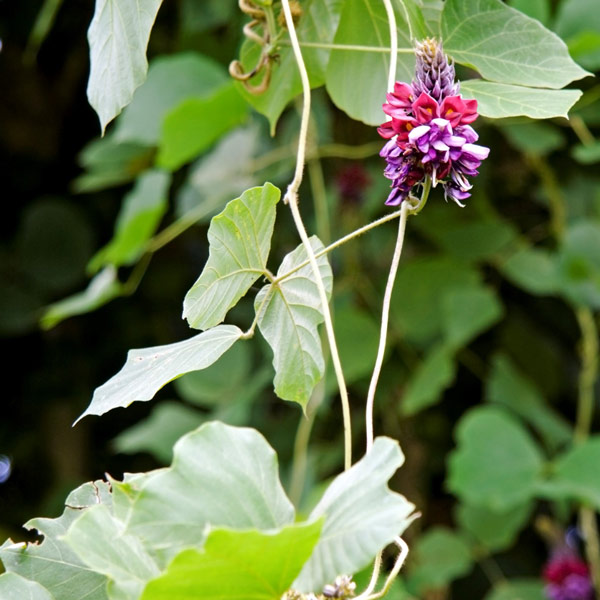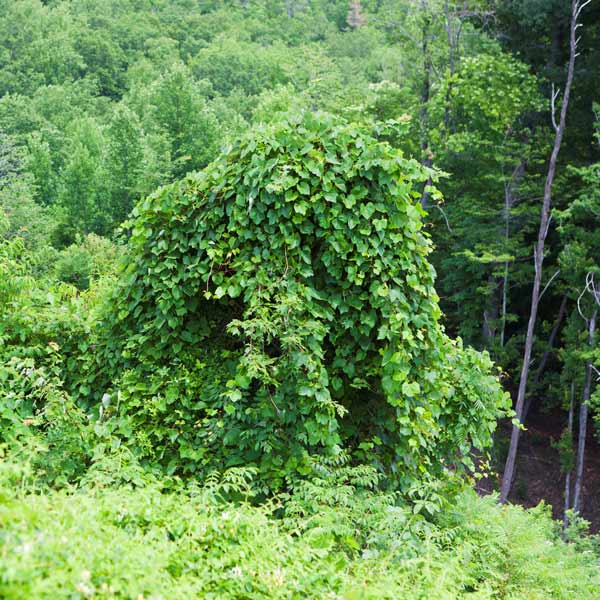How to Stop Wild Strawberries From Invading the Lawn
This relative of the strawberries sold in grocery stores sends out wiry above-ground runners that can quickly overtake the lawn and garden beds.

Kudzu can be identified by its lobed leaves that grow in three-leaf clusters. When flowering, it produces reddish-purple flower spikes which mature into flat, brown, 2-inch-long seed pods. iStock / Getty Images Plus
Kudzu – that vining weed that earned the nickname the “vine that ate the South” for its vigorous spread in warm-weather states – is expanding into new areas. Warming temperatures and the weed’s prolific ability to spread has increased kudzu’s range to Ohio, Pennsylvania, Michigan, and New York, including as far north as the Canadian shore of Lake Erie. It’s also spread westward from Mississippi and Alabama into Texas.
Few plants have the incredible growth power of kudzu (Pueraria). Under ideal growing conditions, it can grow nearly a foot a day and 60 to 100 feet in a season. The plant sends down large tap roots, its crowns can send up as many as 30 vining shoots, and its leaves have the ability to mine growth-enhancing nitrogen directly from the air. Kudzu spreads by seed but mainly by rooting where its stems touch the ground.

Kudzu is an invasive vine that grows fast and covers everything, eventually killing many native species. iStock / Getty Images Plus
Kudzu first came to the United States from eastern Asia as a promising specimen at the U.S. Centennial Exposition in Philadelphia in 1876. It was introduced in the South seven years later at the New Orleans Exposition. The plant quickly caught on for several of its redeeming qualities. Cattle farmers used the high-protein, fast-growing leaves and stems as livestock feed. The Civilian Conservation Corps and others planted it widely in the first half of the 20th century for erosion control. And southern-states home gardeners bought kudzu as an ornamental vine that quickly shaded porches. Besides the dense habit of the green foliage, kudzu produces attractive arching spikes of purple flowers in late summer.
By the 1950s, ecologists realized that kudzu was doing too well for its own good. It was choking out native vegetation, overspreading and killing even tall trees, and pulling down power lines. The U.S. Department of Agriculture reclassified kudzu as a weed in 1970, and efforts since have been to slow or eliminate it instead of plant it.
Kudzu can be identified by its lobed leaves that grow in three-leaf clusters and have tiny hairs on their undersides. The reddish-purple flower spikes mature into flat, brown, 2-inch-long seed pods.
An outbreak of kudzu is best stopped by digging out all rooted pieces when the plant is young. Repeated cutting or mowing to the ground also can weaken an existing stand of it. Several spray herbicides are effective at killing kudzu, although repeated applications over several years might be needed to get rid of it completely.